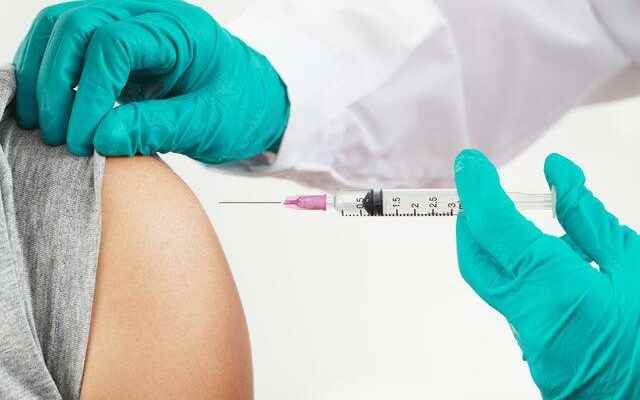Human Papillomaviruses (HPV) is a type of virus that was detected in mammalian remains about 350 million years ago, that is, has existed since the very ancient times of human history. In this period we live in, it is the most common sexually transmitted disease all over the world. There are over 40 types of HPV. It is transmitted during vaginal, anal or oral sex by direct contact with infected skin. Gynecological Oncology Specialist Assoc. Dr. While İlker Kahramanoğlu answered these questions, he also made detailed explanations about HPV.
ATTENTION TO 20S
Most sexually active men and women encounter HPV, usually in their 20s. It is a disease that affects social-psychological-physical life, especially in young female patients.
This disease, which is common in women between the ages of 18-50, manifests itself as genital warts caused by HPV infection. This virus is a virus that is likely to remain silent in the body after infecting. This means that it can become active again years later. Although it is very rare, there is a risk of non-sexual transmission of HPV. We know that it is a virus resistant to external environments and even some disinfectants. For example, hand-to-hand contact of someone who has HPV on their hands can cause HPV transmission.
DOES HPV CAUSE CANCER OF THE CERTAIN ORAL?
80-90% of HPV infections are cleared by the immune system within 2 years. It is a virus with HPV test. In other words, the HPV test is a screening test. This test is done to prevent cancer, to catch and treat the precursor lesion before cancer develops. HPV 16 and 18 are types with a higher risk, while types 6 and 11, which cause warts, are almost not associated with cancer. Cervical cancer does not develop in people who regularly participate in screening programs, have HPV or smear test at regular intervals, and have had HPV vaccine.
HOW PROTECTIVE IS THE HPV VACCINE?
During the preparation of HPV vaccines, the gene of the virus is inserted into a host (yeast or baculovirus). In this way, an excessive amount of virus-like protein is produced. Virus-like proteins are similar to HPV in shape and size, but do not cause infection or cancer because they do not contain viral DNA. There are 3 types of vaccines on the market: double, quadruple and nine vaccines. The protection of the vaccine is very important. For this reason, it is recommended that all children from the age of 9 and all adults up to the age of 45 receive the HPV vaccine.
